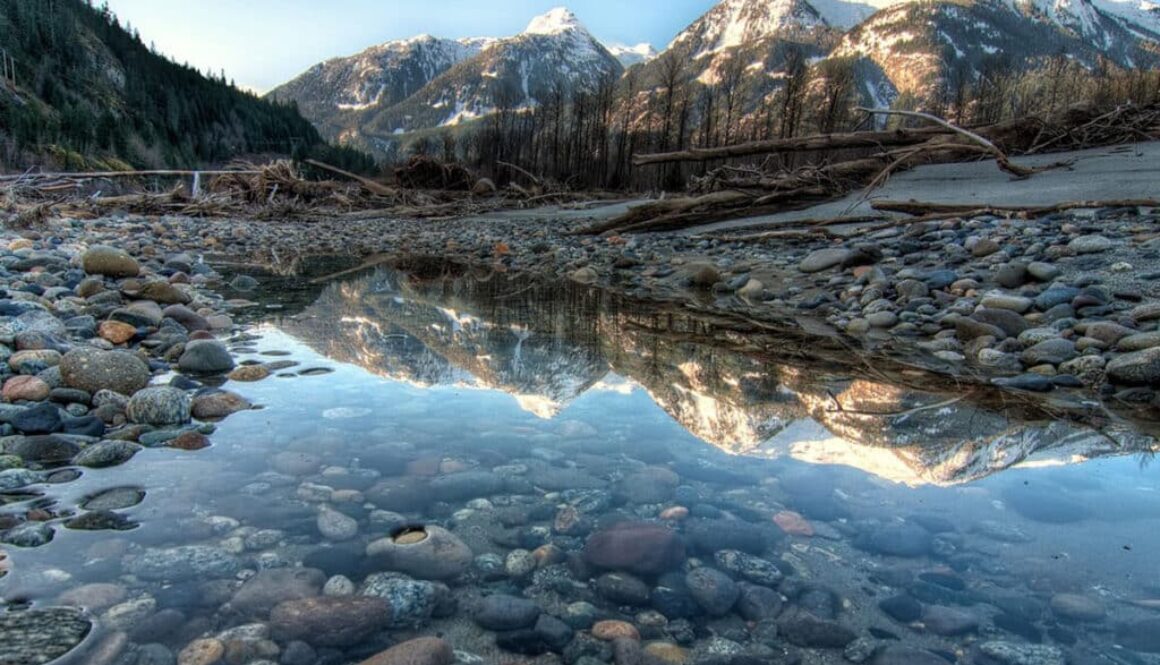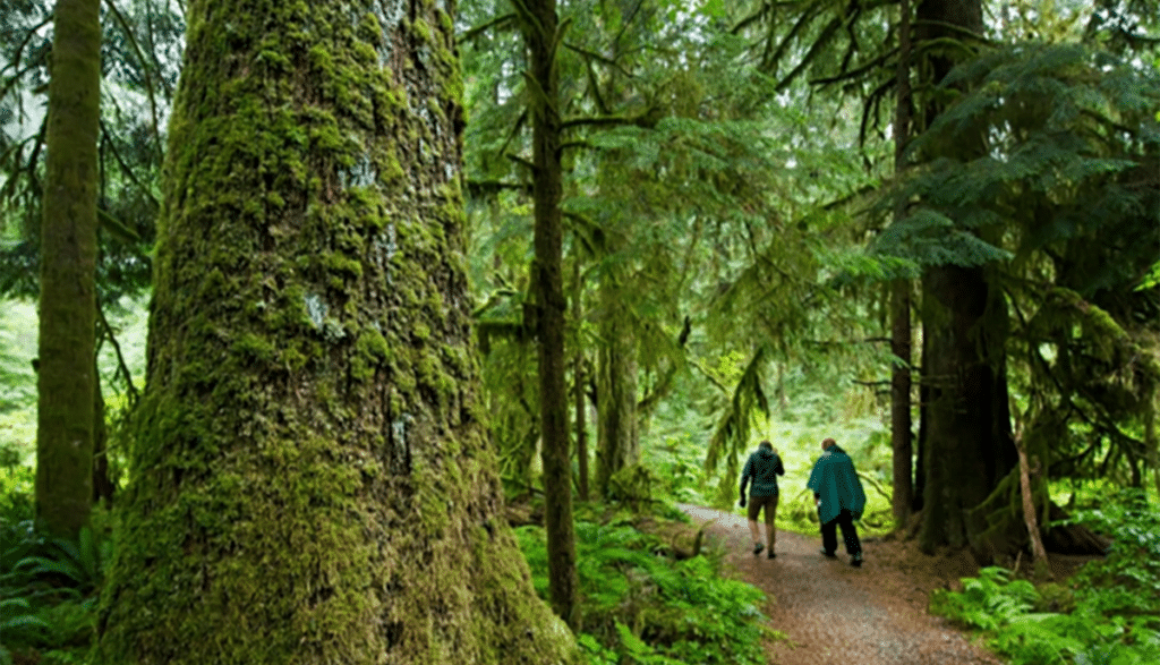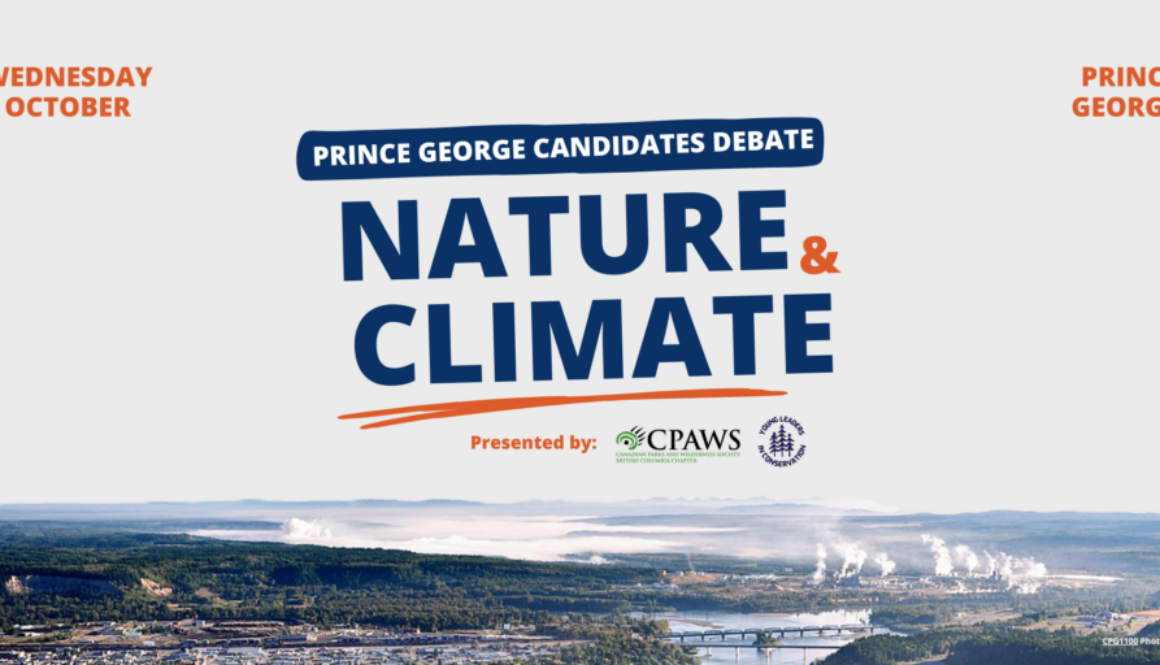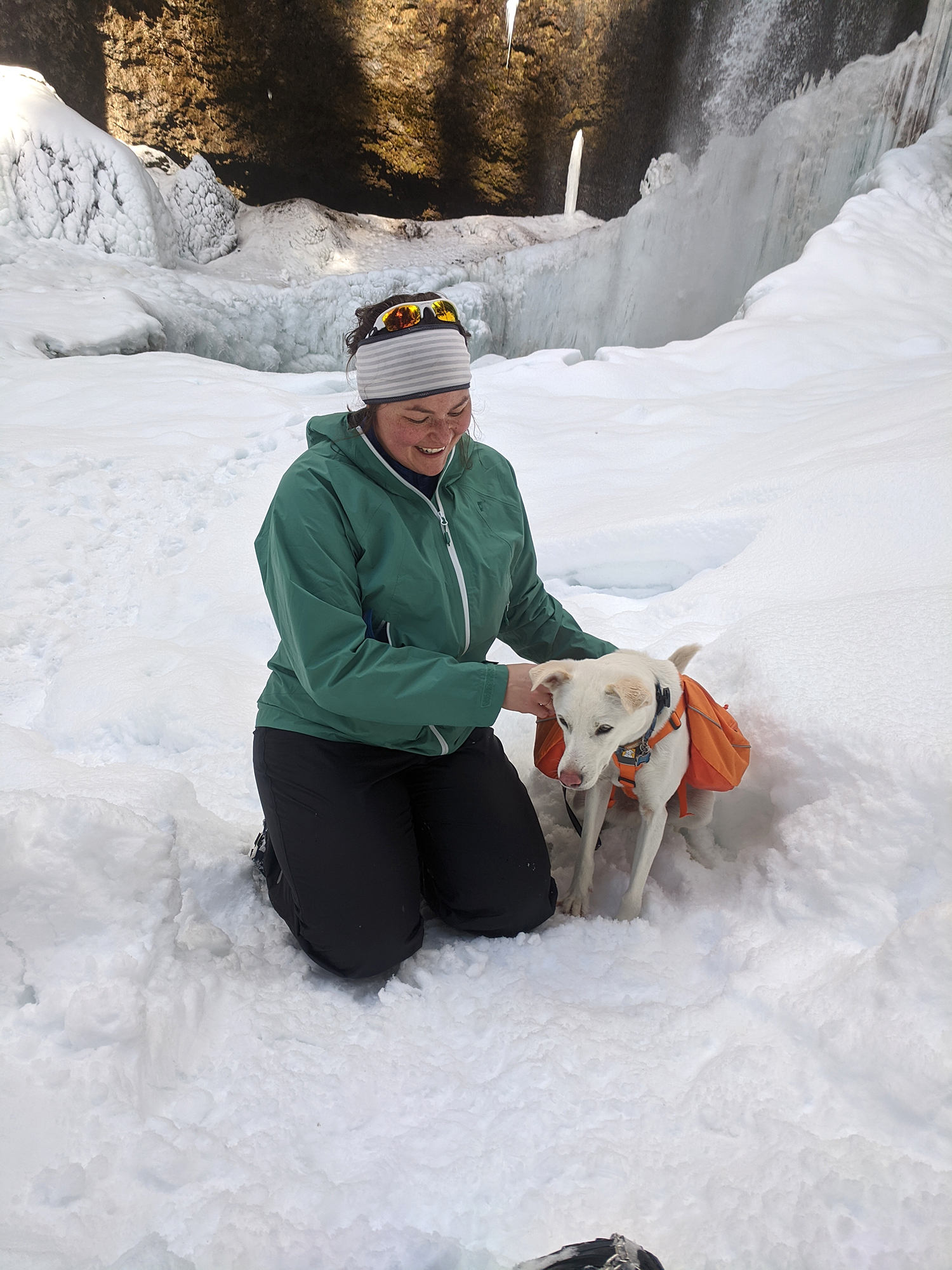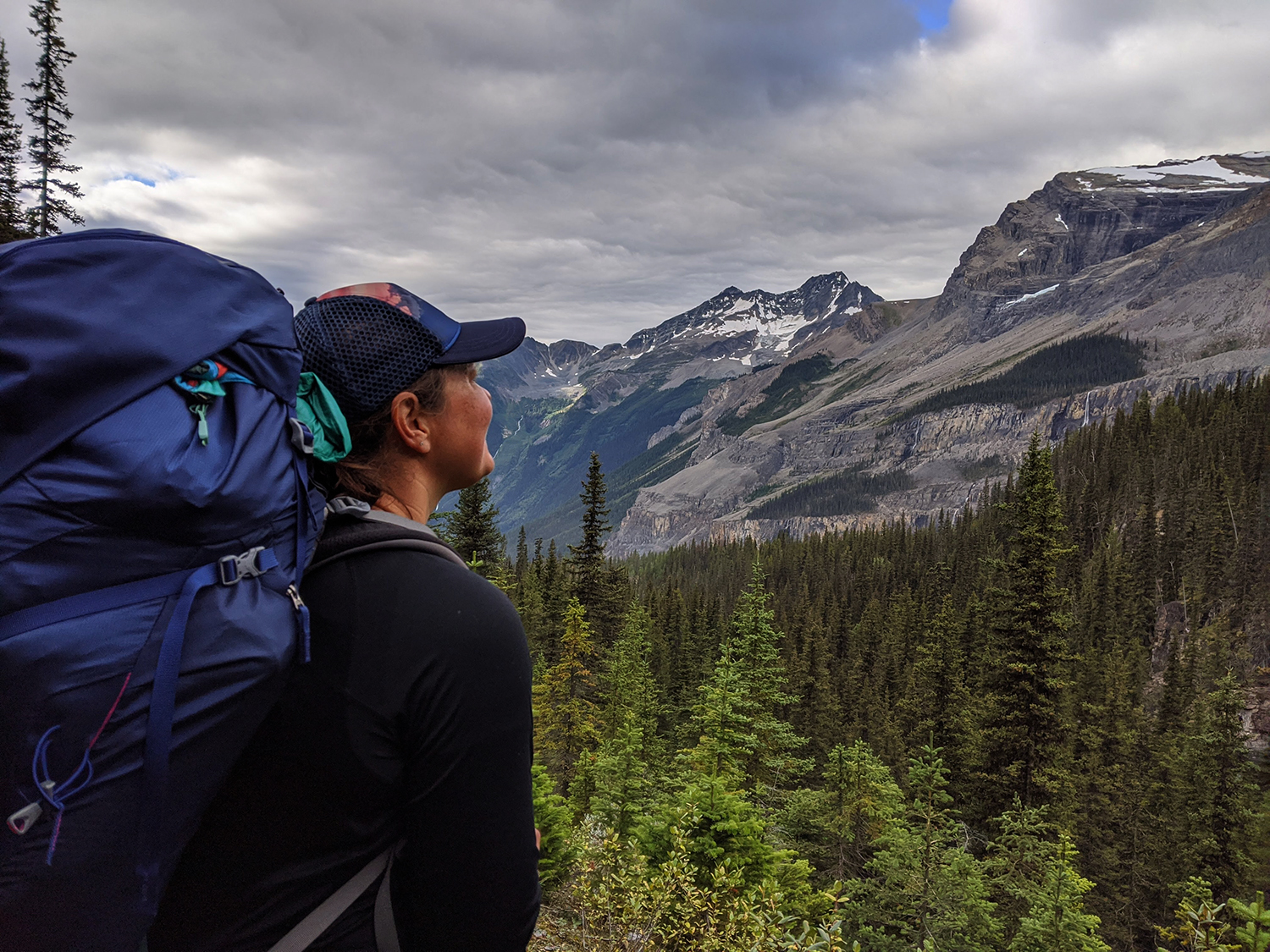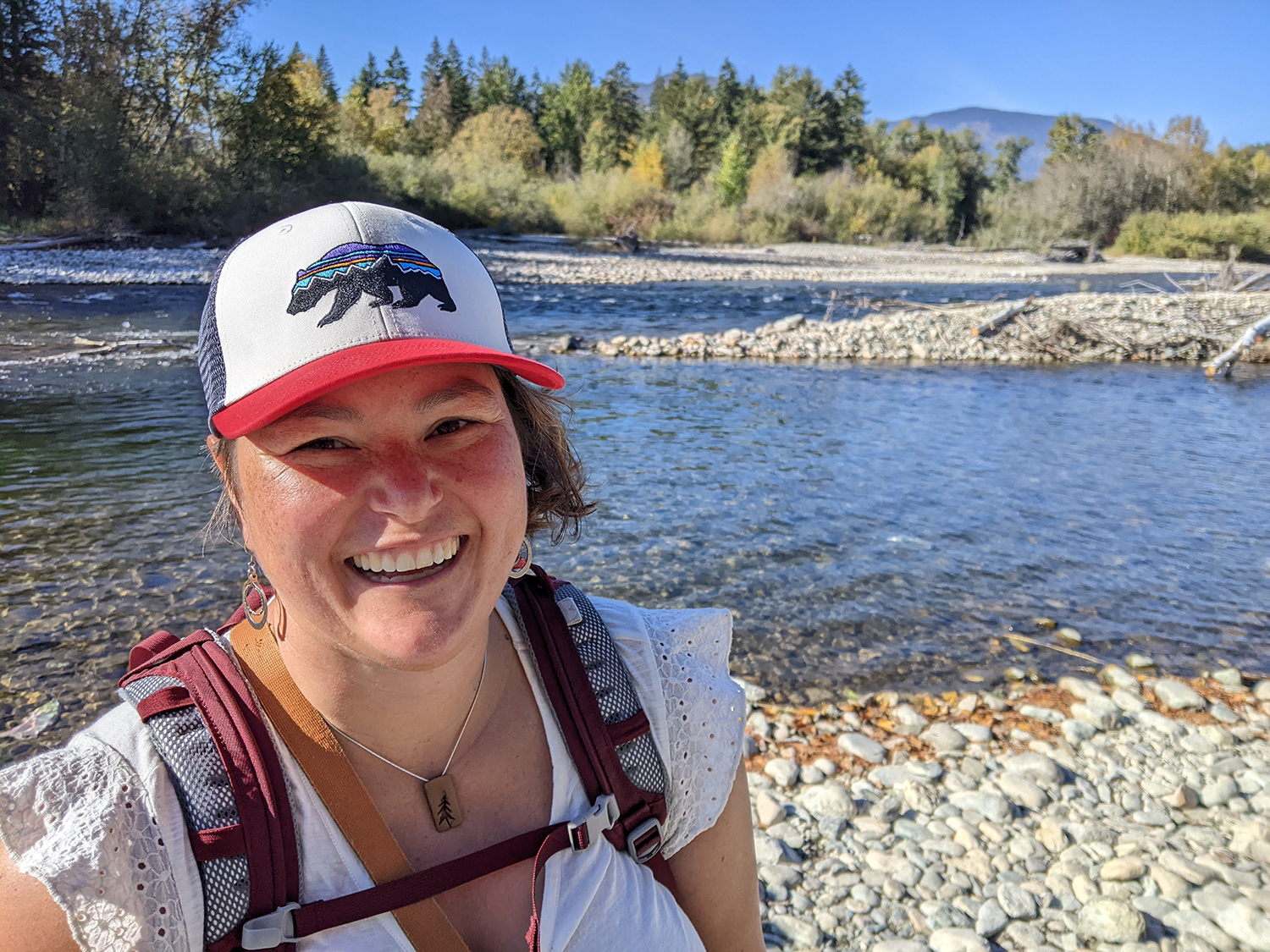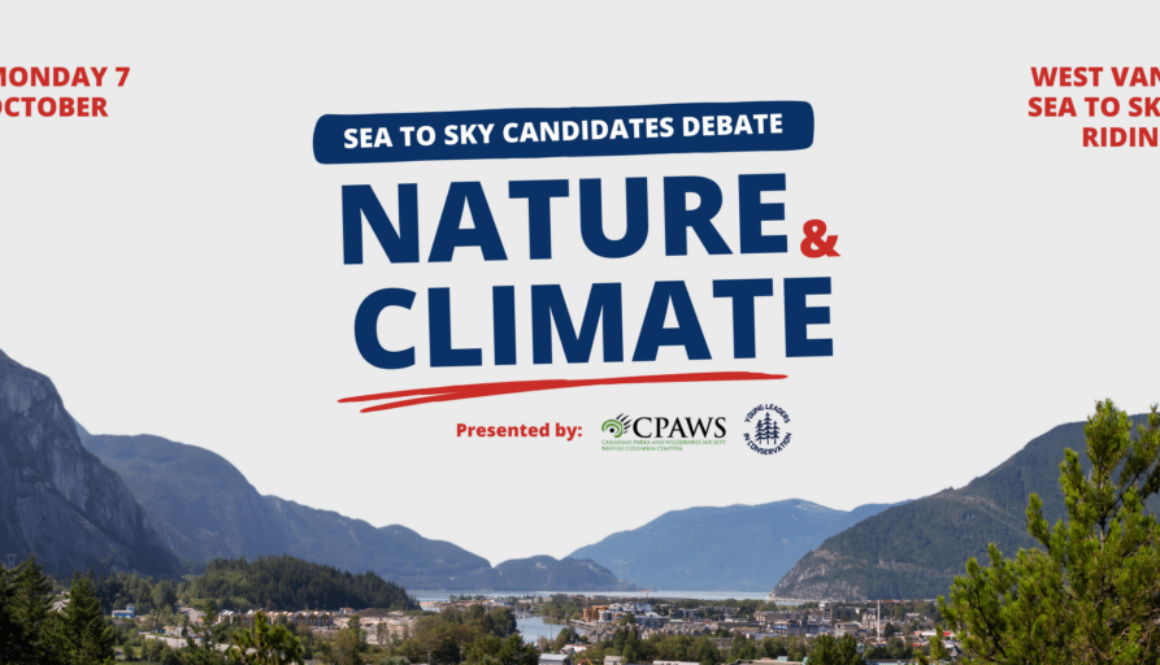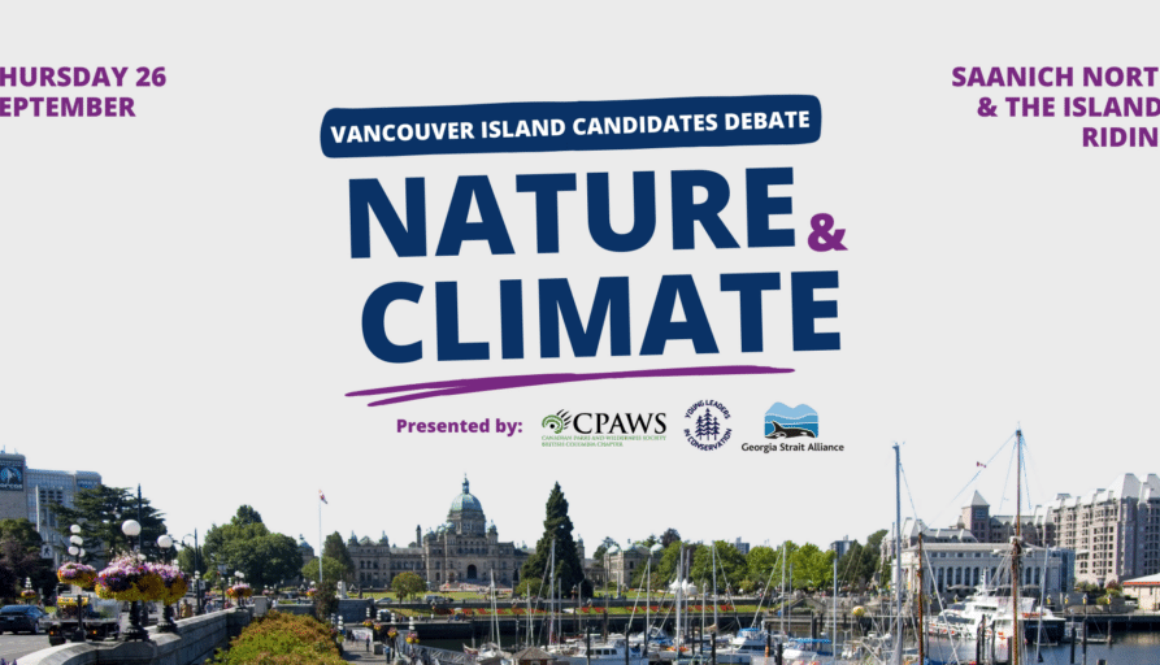CPAWS-BC urges province to continue advancing nature conservation following 2025 BC Budget
CPAWS-BC urges province to continue advancing nature conservation following 2025 BC Budget
Conservation group reminds province that healthy eco-systems are key to a sustainable economy
Wednesday, March 5, 2025
Unceded territories of the Coast Salish Peoples/Vancouver, BC – With the release of a very tight 2025 BC Budget, the Canadian Parks and Wilderness Society, British Columbia (CPAWS-BC) is urging the BC government to continue to advance commitments they have made to nature conservation because healthy ecosystems are the base of thriving communities and a sustainable BC economy.
“We knew this budget was going to be tight, but we’re in a critical period right now to address the climate and biodiversity crises. We’re concerned that the lack of new resources could slow progress at a time when we need government to continue moving forward,” says Sarah McNeil, Executive Director with CPAWS-BC. “BC has committed to protecting 30% of lands and waters in BC by 2030, and while this is absolutely achievable, there is a lot of work to do to bring us from the current 15.9% to 30% in just five years.”
The Ministry of Water Land Resource Stewardship, which is responsible for delivering key conservation initiatives, saw a tiny increase to their overall budget from $214 million last year to $221 million in this budget. However, the portion noted for the department in charge of land use planning and cumulative effects saw a reduction. That could impact capacity for collaborative land use planning necessary to advance nature conservation goals and bring clarity to the landbase for all. The budget for the Ministry of Environment & Parks is largely holding steady., This ministry delivers much needed services to support sustainable outdoor recreation and the health of the over 14 million hectares of provincial protected areas in BC.
“Amidst an affordability crisis and an increased need to support local businesses, many British Columbians will turn to local protected areas for getaways and to reap the proven mental and physical benefits of being in nature,” added Tori Ball, Conservation Director for the Lands & Freshwater Program with CPAWS-BC. “BC must ensure that the long underfunded and chronically understaffed provincial parks system is able to support safe and sustainable outdoor recreation, its stewardship responsibilities and plan for future system expansion.”
Data shows that protecting lands, waters and wildlife not only safeguards ecosystems but also provides a steady economic return through sustainable industries like tourism and recreation that support jobs in rural areas. A report from Protect Our Winters found that the outdoor recreation economy in Canada is valued at over $101B annually and directly supports over 1 million jobs. With the current drive in BC to ensure a stable economy, it’s important to remember that healthy ecosystems are the backbone of healthy communities and a healthy economy.
“We know that people in BC want to see nature thrive, and the provincial government must prioritize work in partnership with First Nations, conservation experts and communities to deliver on goals to protect and restore the wildlife, lands and waters that are the foundation of a healthy society and economy,” said McNeil.
For interviews contact:
Max Winkelman
Communications Manager
max@cpawsbc.org
604-685-7445 x3

